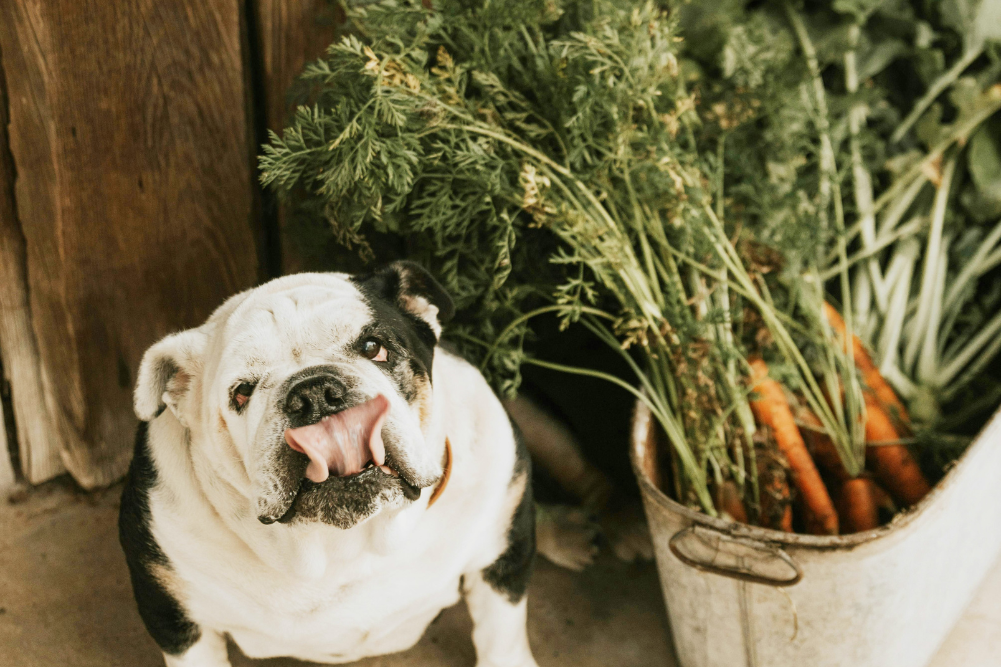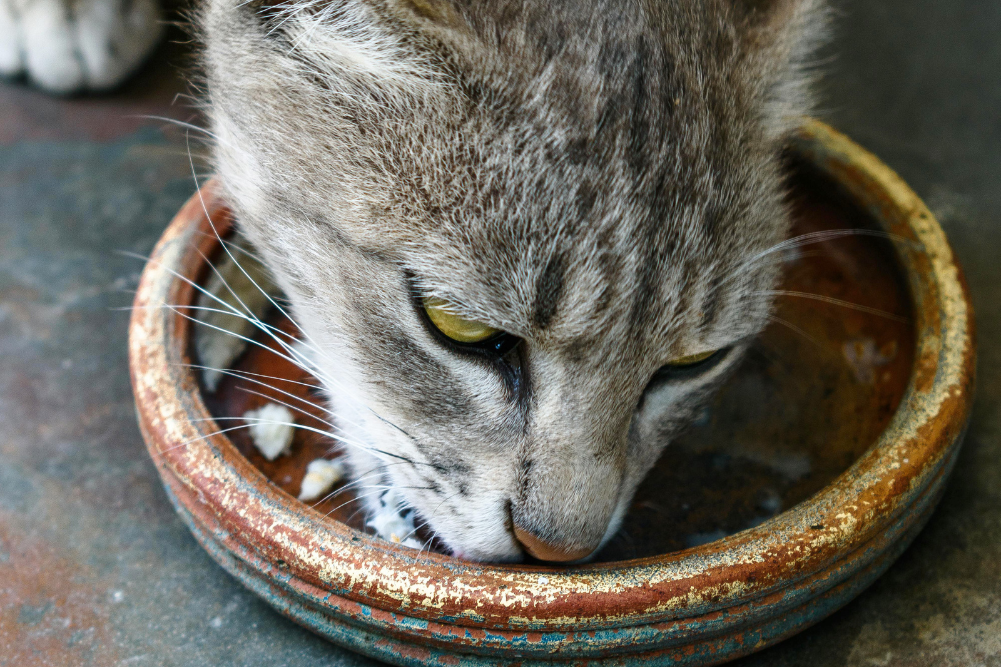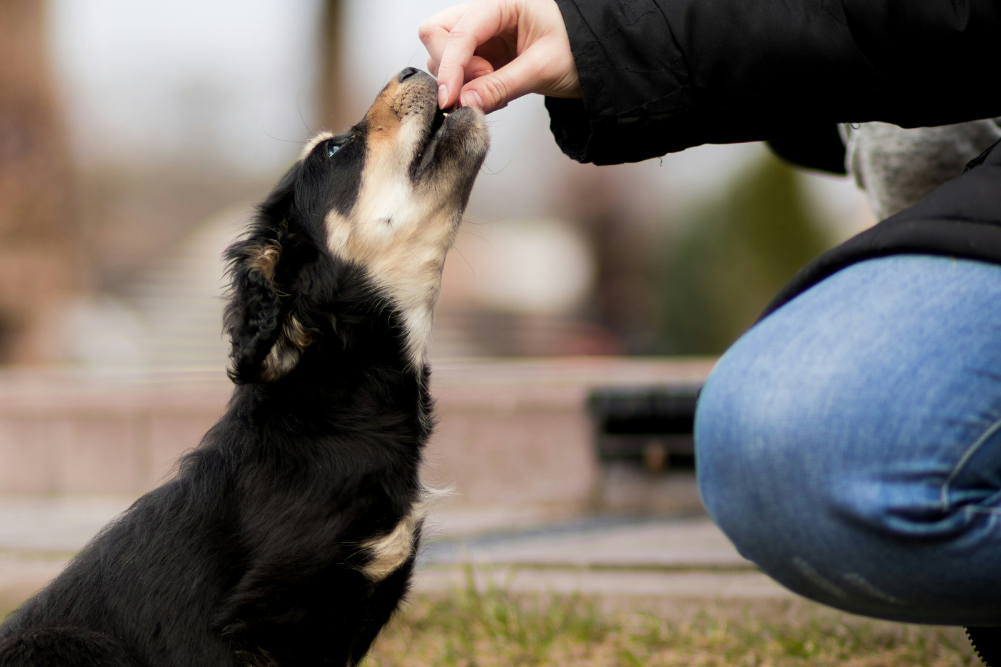Is your pet stressed? Here’s how to manage it
My own cat, and his bladder obstruction, inspired my column this month. I find myself writing about the role of stress in illness in dogs and cats, and some strategies to try to manage it.
Behaviour changes in pets can result from many illnesses — eg pain, gut signs, profound itch. In cats, behaviour changes such as lack of engagement and increased sleep may be the only signs of pain from degenerative arthritis — unlike dogs, in whom we see reduced exercise activity and possible lameness.
However, stress itself may lead to or perpetuate a number of illnesses. These include atopic skin disease in dogs, overgrooming in cats, feline lower urinary tract disease, inflammatory bowel disease, lick granulomas in dogs and upper respiratory tract disease in cats.
The physiology of stress is complex. The acute stress response has evolved as a survival mechanism. The hypothalamic axis (HPA) releases corticotrophin-releasing hormone (CRH), which stimulates the release of another hormone, ACTH, and thence cortisol. The other component of the stress response is the sympathetic-adrenal-medullary system, which releases adrenaline and noradrenaline.
These hormones are there to mediate the stress response, required to enhance survival. So when prospective prey is “stressed” by a predator, these responses help to facilitate escape.
Imbalances occur when stress is persistent, and the chronic effects of these hormones change health in a negative way. Non-specific effects may include immune effects, effects on renal function, insulin resistance, reduced thyroid hormone, inhibition of reproductive hormones and adrenal depletion.
Returning to my own cat, feline idiopathic cystitis is poorly understood but seems to be a result of interplay between the central nervous system and the endocrine or hormonal system. These cats may be described as “sensitive cats in a provocative or deficient environment” (Susan Little DVM). My cat is likely provoked by my husband, who is not a cat person, and the arrival of the dog, which he has never forgiven.
Episodes of stress often lead to signs of cystitis in these cats, and in male cats this can lead to a more dangerous condition of lower urinary tract obstruction. The condition is usually non-infectious, so antibiotics are not indicated.
Acidifying diets have previously been prescribed to reduce struvite crystals, but urine alkalisation can occur as a response to stress. So treatment that does not address stress will rarely succeed.
Other strategies include weight management (reducing dry food intake) and reducing the concentration of urine (reducing dry food and adding water to food or encouraging intake of broths).
Environment management is a key component in managing stress. For dogs this means adequate exercise, including off-leash time. I also recommend specific training or games designed for both fun and focus. This may include group training classes or one-to-one training at home. Where possible, I would try to match the activity to the breed, eg working dogs may benefit from regular “sheep” work, whereas dogs designed to be ratters may prefer running through tunnels.
Environmental management for cats can be more difficult. To create a suitable environment we need to think about the relatively recent domestication of domestic felids. Many cats are happier with a larger range or territory and fewer other cats in the vicinity. This creates an especial difficulty for indoor cats and one particular stress for these is when other cats are visible on the other side of the glass. Having climbing spaces, hiding spaces, private spaces, plenty of litter trays and games to mimic hunting behaviour can all reduce stress for indoor cats.
Synthetic pheromone diffusers have been shown to reduce stress in both dogs and cats. There are also supplements such as tryptophan or casein, which may help in some cases. Other calming strategies include calming massage and Tellington TTouch techniques.
There are many herbs that may help reduce stress. Adaptogens are herbs that increase the body’s resistance to chronic stress, or ability to adapt to physical, emotional or biological stress. Examples of adaptogens that may be used in dogs and cats include astragalus, Siberian ginseng, panax ginseng, withania and licorice.
These need to be prescribed by a vet experienced in herbal prescribing, and may be contraindicated in pets with other health conditions such as high blood pressure. I often prescribe traditional Chinese herbal formulae based on a TCM exam, and many contain some adaptogen herbs. I may also consider nervines (herbs to improve the function of the nervous system, eg bacopa, skullcap) and adrenal tonics (substances that improve the function of adrenal glands, eg licorice, rehmannia).
Medications to reduce anxiety can also be considered but are best left as a last resort. The goal of these is short-term treatment, while other aspects such as environmental management and retraining are undertaken.
My own cat is stable for now. He’s on a raw wet diet, now with added liquids, and I have provided him with additional hiding places and spend 10 minutes each day grooming and playing with him. (I have not got rid of the dog or my husband). He does not like liquid Western herbs but will take a TCM powder in his food to reduce inflammation and stress, and I use synthetic cheek pheromones on his blanket.








